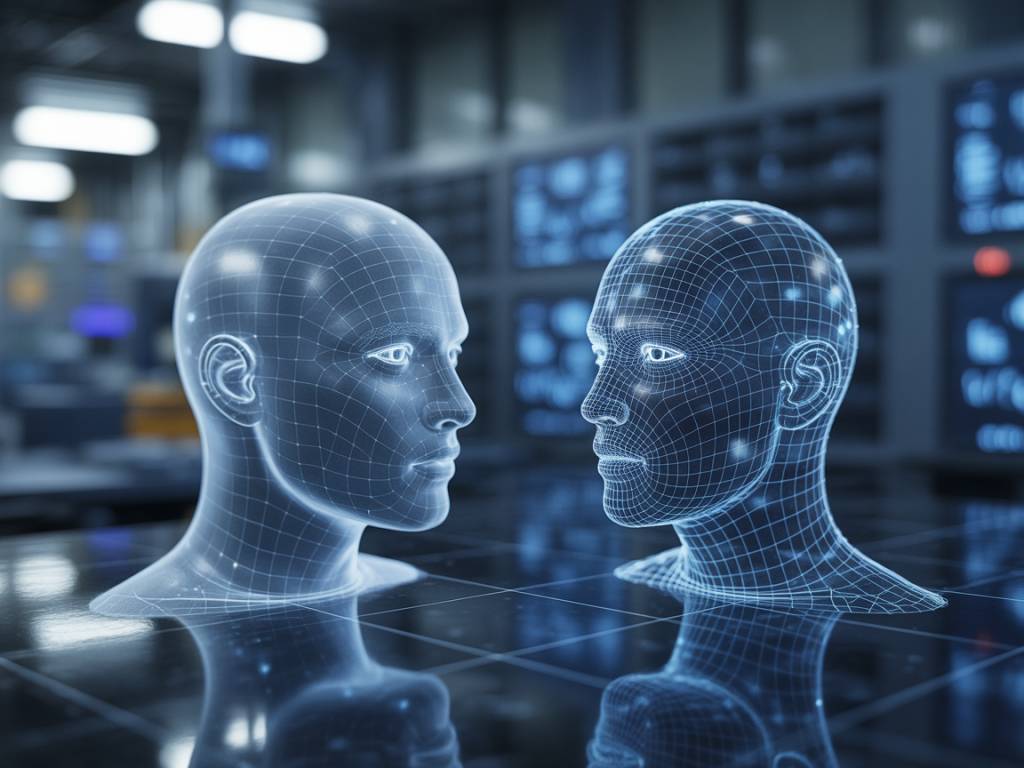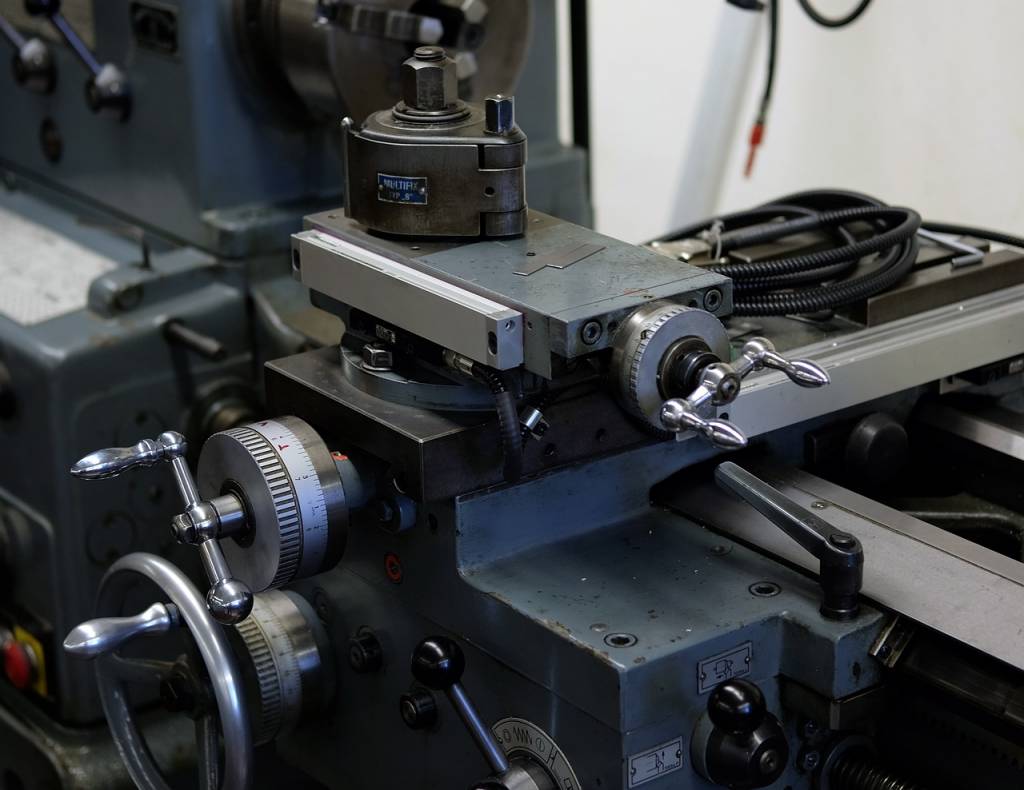Understanding the Digital Twin: More Than Just a Buzzword
Once viewed as a futuristic concept, digital twins are now reshaping the manufacturing landscape in highly tangible ways. A digital twin is a real-time virtual replica of a physical object, system, or process. From simulating entire production lines to optimizing equipment maintenance, this technology goes far beyond prototyping—it’s about performance, prediction, and precision. And for many industrial players, it’s becoming indispensable.
Why now? The convergence of IoT sensors, edge computing, cloud infrastructure, and AI has made the deployment of digital twins not only feasible but scalable. According to a recent MarketsandMarkets report, the digital twin market is expected to grow from $10.1 billion in 2023 to $73.5 billion by 2028. That’s a CAGR of over 48%. The message is clear: this is not a tech experiment—it’s a strategic evolution.
How Digital Twins Transform Manufacturing Operations
Digital twins create an interactive bridge between the physical and digital world. This allows manufacturers to:
- Simulate production processes to test outcomes without disrupting actual operations.
- Anticipate failures before they occur through predictive analytics.
- Optimize energy consumption by modeling energy flows and reducing waste.
- Improve product development with real-time feedback loops from usage data.
For instance, a major Tier 1 automotive supplier in France implemented digital twins to monitor the thermal regulation of its machining centers. Result: a 12% gain in energy efficiency and 8% reduction in unplanned downtime in under six months.
Case Study: Siemens Digitalizes Its Factory Edge
The Siemens Electronics Works in Amberg, Germany, is often cited as a benchmark for Industry 4.0. What’s less known is the pivotal role played by its digital twin infrastructure. By creating a comprehensive digital model of its production lines—including machines, processes, and worker interactions—Siemens has been able to maintain a production quality exceeding 99.99% and cut engineering time by up to 30%.
This digital replica continuously ingests real-time data from sensors embedded in the machines, allowing cross-functional teams to virtually test changes, implement predictive maintenance, and optimize workflows. It’s not just data collection—it’s actionable insight embedded into daily operations.
From Predictive Maintenance to Prescriptive Decision-Making
Predictive maintenance isn’t a novelty anymore. But digital twins take it a step further. They introduce prescriptive analytics—providing not only forecasts on when a part might fail but what to do about it. These insights inform everything from spare parts planning to shift schedules.
Take the example of a Belgian chemical company that digitized its heat exchanger network using a digital twin platform. By continuously modeling temperature differentials and pressure data, they were able to anticipate fouling occurrences three weeks in advance—giving operators time to adjust cleaning schedules without production disruption.
That’s not just savings—that’s risk mitigation and uptime maximization rolled into one.
Barriers to Adoption: Technology Is Ready, Are Teams?
Despite its compelling advantages, digital twin implementation remains a challenge. Why? Because the bottleneck is rarely technical—it’s cultural and organizational.
- Data silos prevent comprehensive modeling when departments guard their metrics.
- Change resistance from operators who mistrust algorithmic decision-making.
- Lack of skills in AI/ML and system integration within engineering teams.
To overcome this, early successes usually rely on creating cross-functional digital twin pilot teams, involving IT, OT, and shop-floor experts. One aerospace company started small—digitizing a single CNC cell. Today, they’ve expanded their digital twin environment to 70% of production assets.
As with most transformations, adoption is rarely linear. But once value is demonstrated concretely, internal buy-in accelerates.
The Rise of Twin-as-a-Service
Not every manufacturer has the internal bandwidth to build and manage their own digital twin infrastructure. That’s where the market for Twin-as-a-Service (TaaS) is exploding. Providers like Dassault Systèmes, PTC, and Microsoft Azure offer modular platforms that combine IoT, AI, and simulation capabilities—all in a cloud-based environment.
For SMEs, this model lowers the barriers to entry dramatically. A small-scale packaging plant in northern Italy recently partnered with a TaaS provider to reduce line changeover time. After three months of deployment, they reported a 17% increase in OEE (Overall Equipment Effectiveness) without touching a single PLC code.
In essence, you don’t need to be a digital native to leverage digital twins—you just need the right partner.
Beyond the Factory: Supply Chain Twins on the Horizon
Digital twins aren’t confined to the four walls of a factory. Increasingly, companies are building supply chain twins—dynamic models that integrate logistics, inventory, demand planning, and even transportation networks.
By simulating entire value chains, manufacturers can spot vulnerabilities, reroute shipments dynamically, and even test supplier performance in hypothetical scenarios. During the pandemic, one French pharmaceutical company used a supply chain twin to prioritize shipments of APIs (Active Pharmaceutical Ingredients) based on hospital-level demand forecasts—resulting in zero stockouts where it mattered most.
The ability to run “what if” scenarios across the extended value chain is quickly becoming a competitive differentiator in volatile markets.
Human + Machine: A Symbiosis, Not a Substitution
One common concern: will digital twins replace human judgment? Experience shows quite the opposite. In successful deployments, operators, planners, and engineers use digital twins as decision support tools.
Whether it’s an experienced technician identifying anomalies the model didn’t catch, or a planner using a twin to validate a changeover schedule, the most effective factories blend human intuition with machine optimization. It’s not about replacing roles—it’s about enhancing them with data-rich context.
Think of it as giving your team a « second brain »—one that runs 24/7, doesn’t forget, and constantly learns.
What’s Next: Cognitive Manufacturing and Autonomous Plants
Looking ahead, digital twins are forming the foundation for what many call cognitive manufacturing—factories that continuously learn and self-optimize. Combined with AI and edge computing, the vision of semi-autonomous or even fully autonomous production is no longer speculative fiction but strategic roadmap.
We’re already seeing “lights-out” factories in sectors like electronics assembly and battery production, where twins orchestrate entire workflows with minimal human intervention. While this remains a niche today, the direction is clear: digital twins aren’t just tools—they’re becoming the operating system of next-gen manufacturing.
The question isn’t whether to implement a digital twin. It’s when—and how fast you can scale it before your competitors do.




